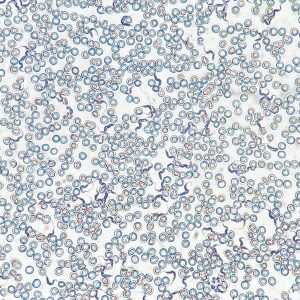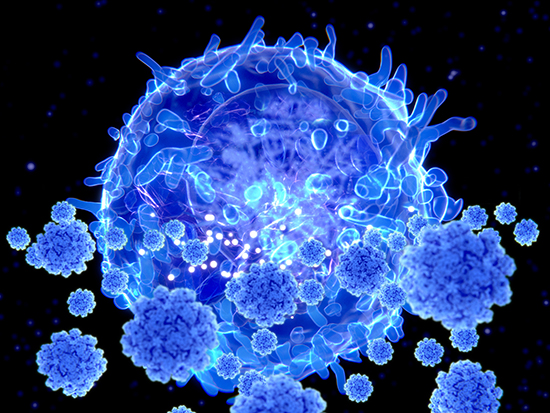
Scientists discover role immune system’s T cells play in regulating fat and muscle loss during infection in mice. Scientists discovered that 1) the wasting response to T. brucei infection in mice occurs in two phases, each regulated by different immune cells and 2) fat loss did not benefit the fight against infection, but muscle loss did. The findings inform the development of more effective therapeutics that spare people from wasting and increase our understanding of how wasting influences survival and morbidity across infections, cancers, chronic illnesses, and more.
Although infections can present with many different symptoms, one common symptom is the loss of fat and muscle, a proc...
Read More







Recent Comments